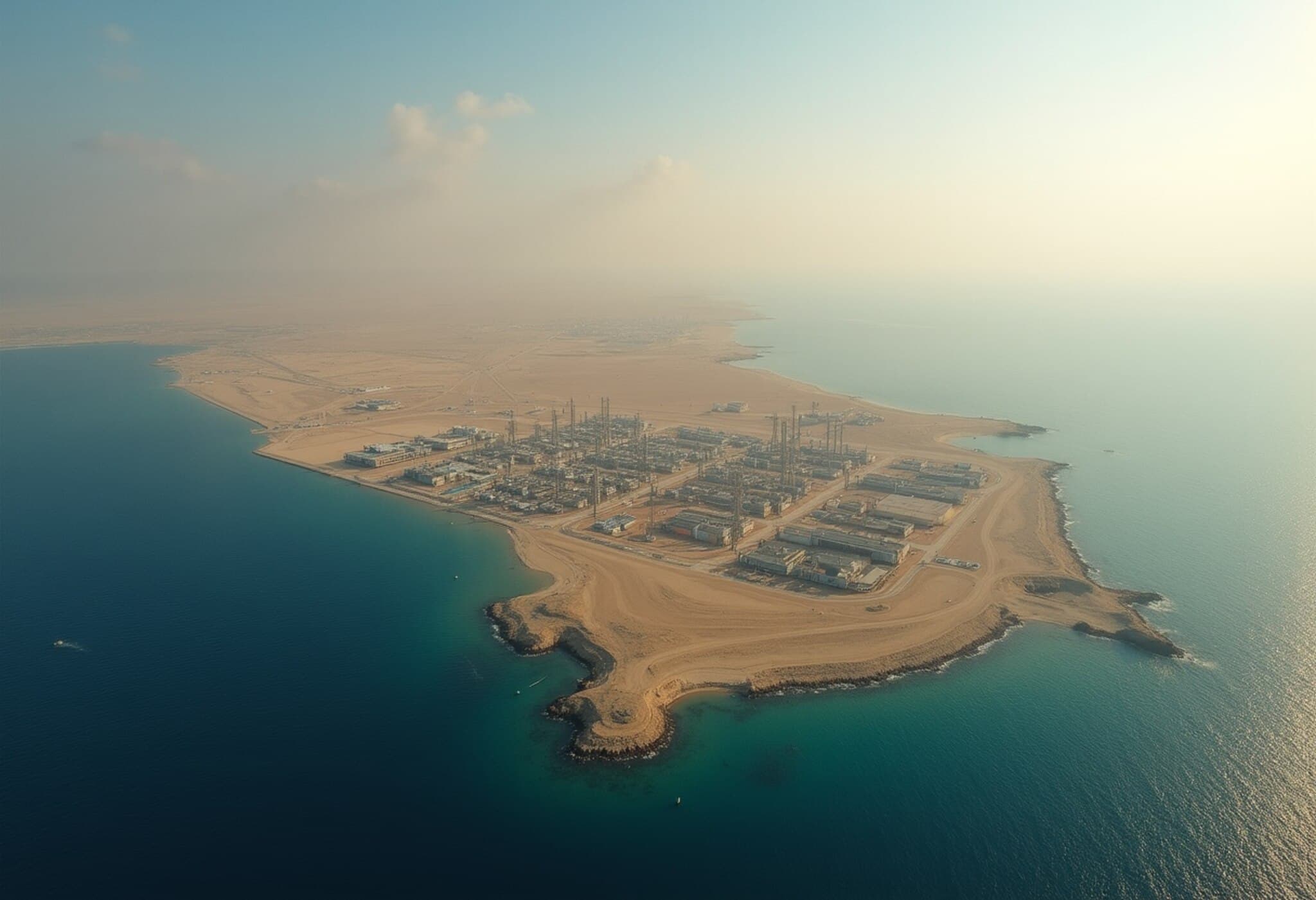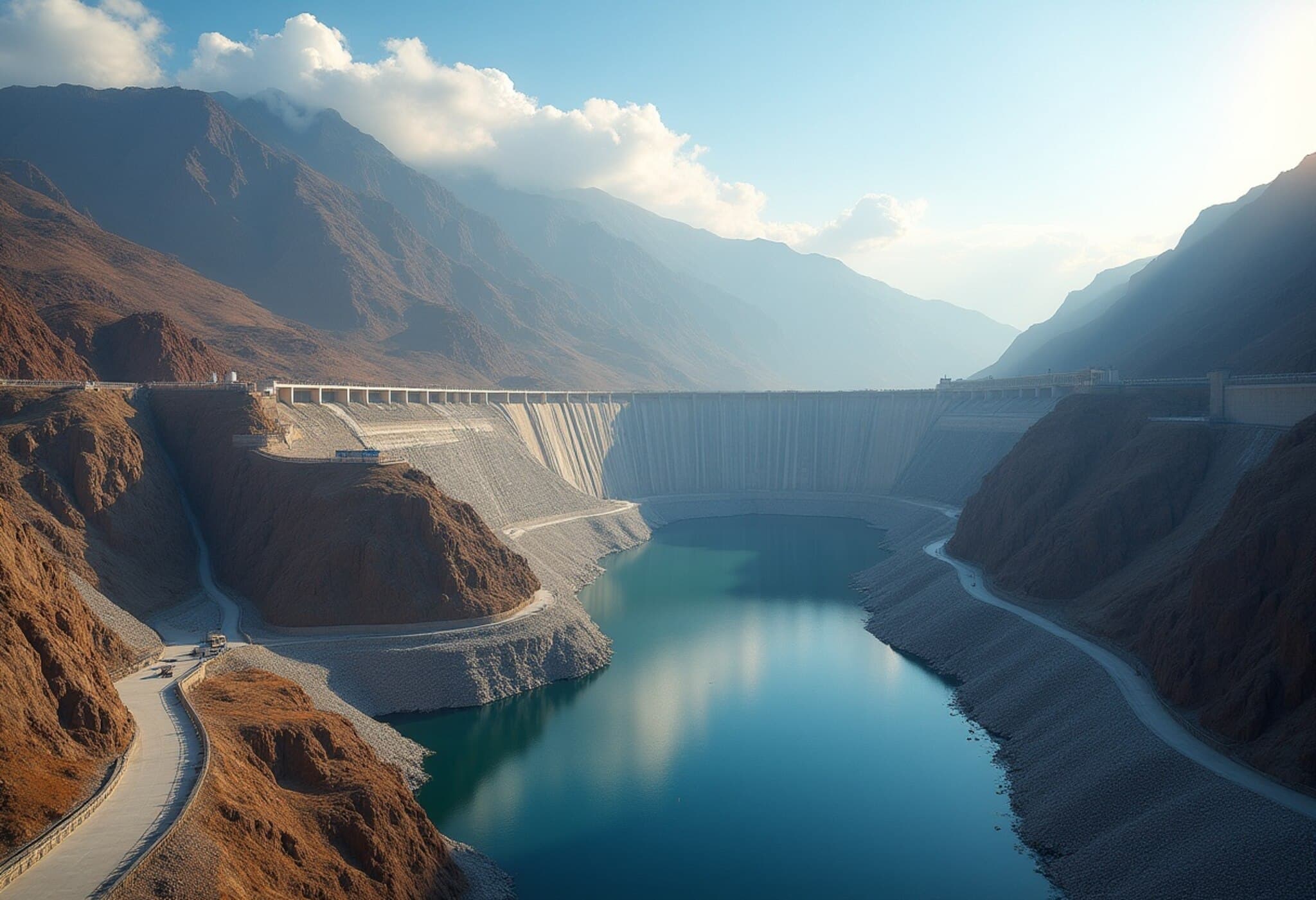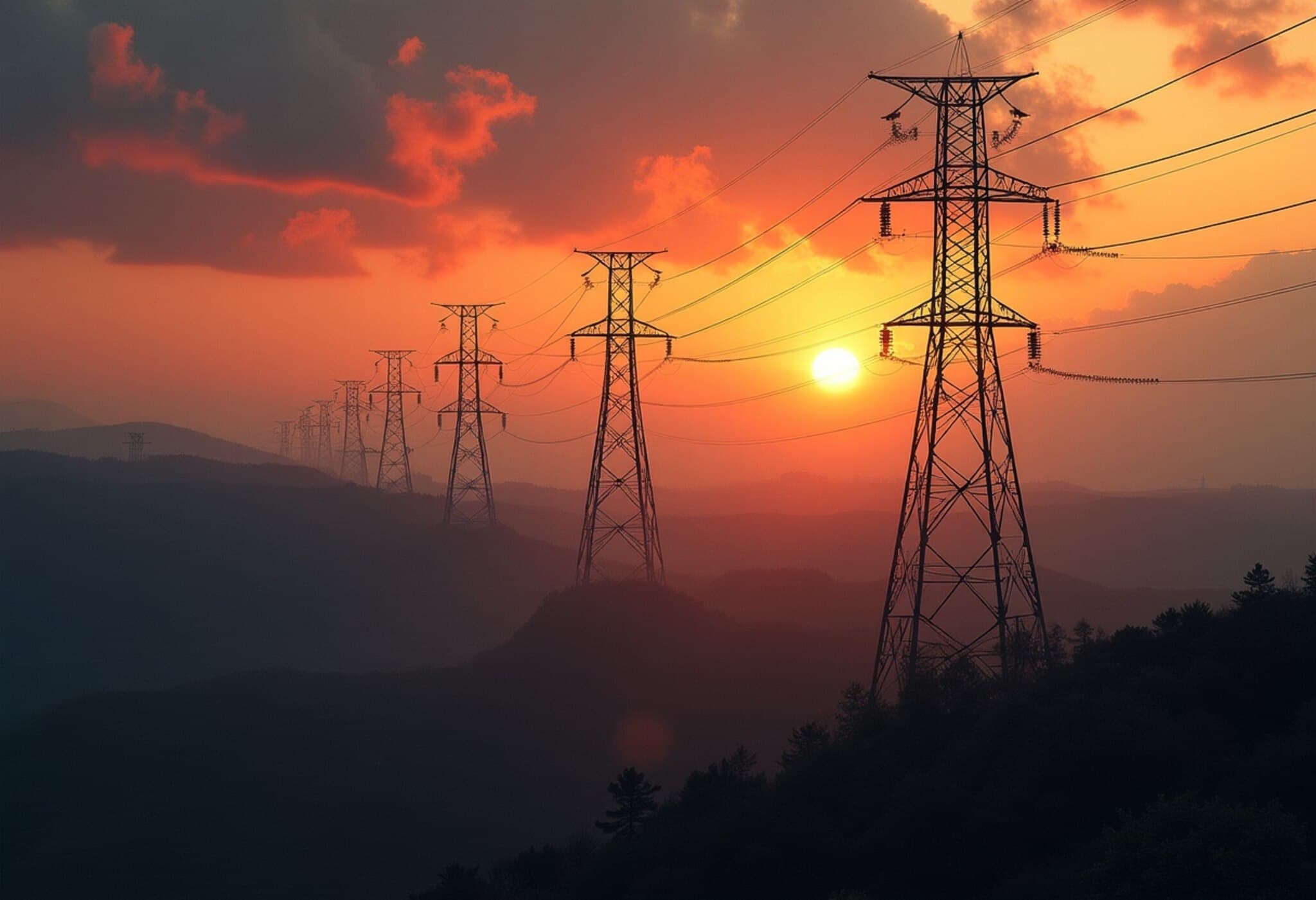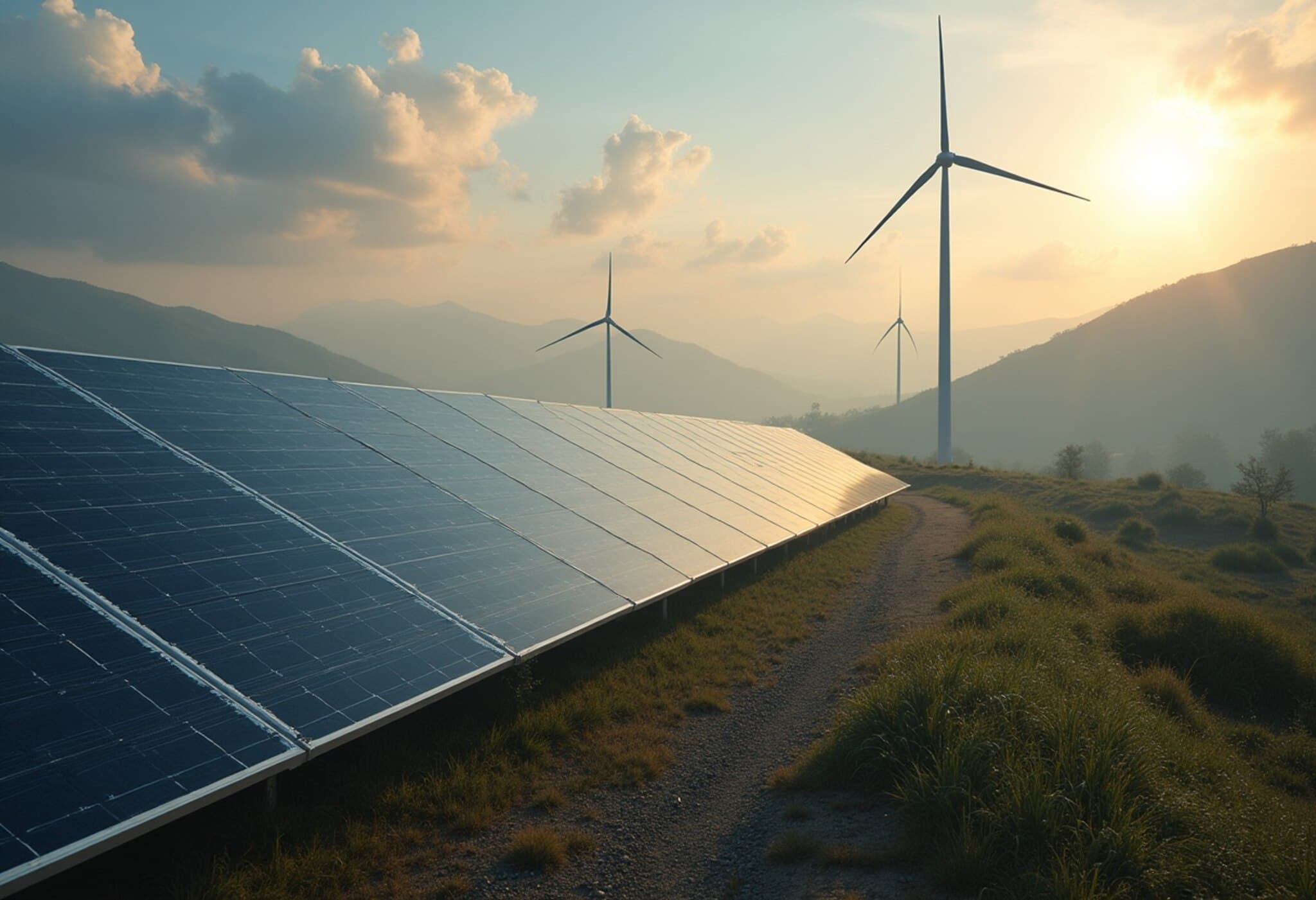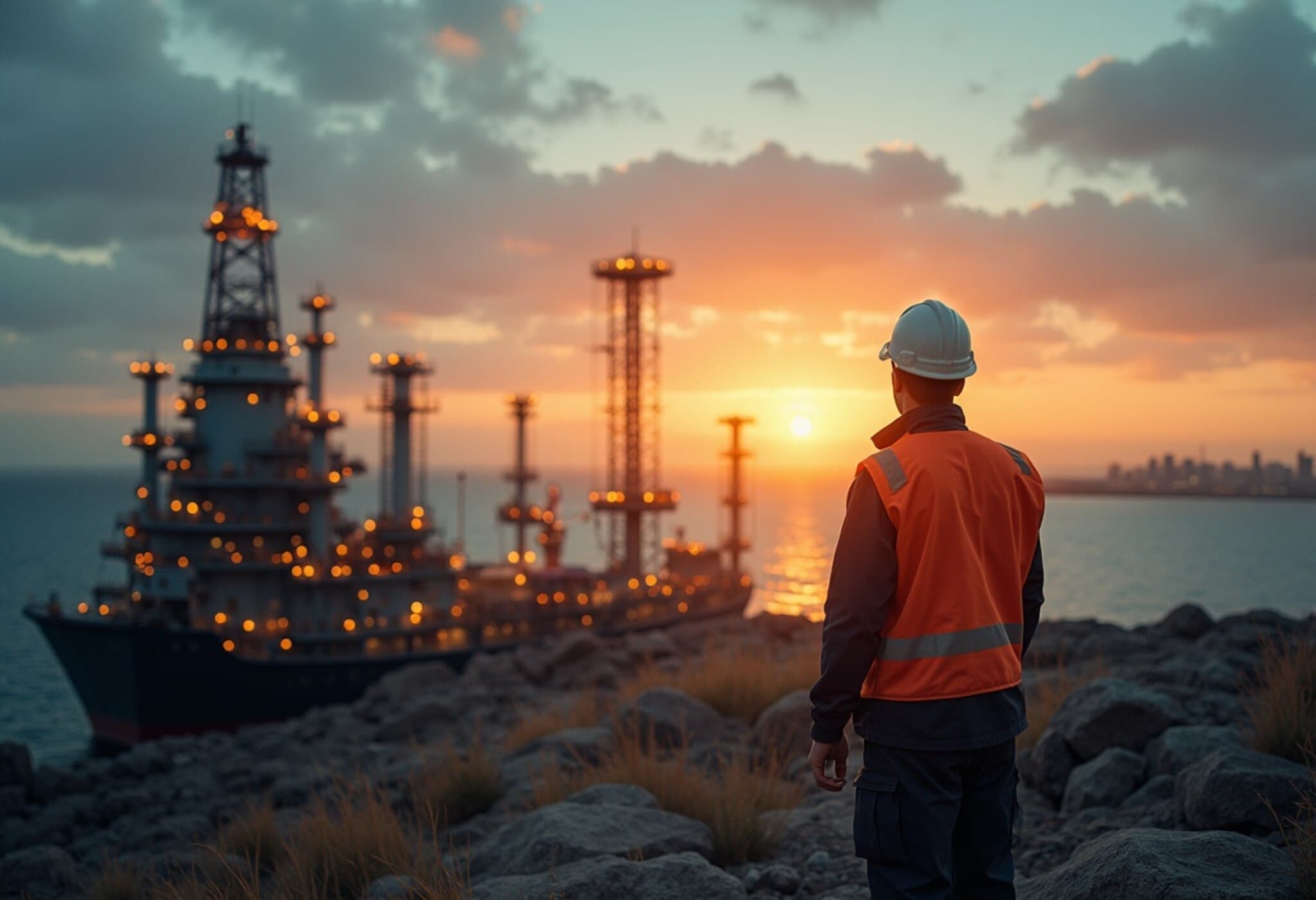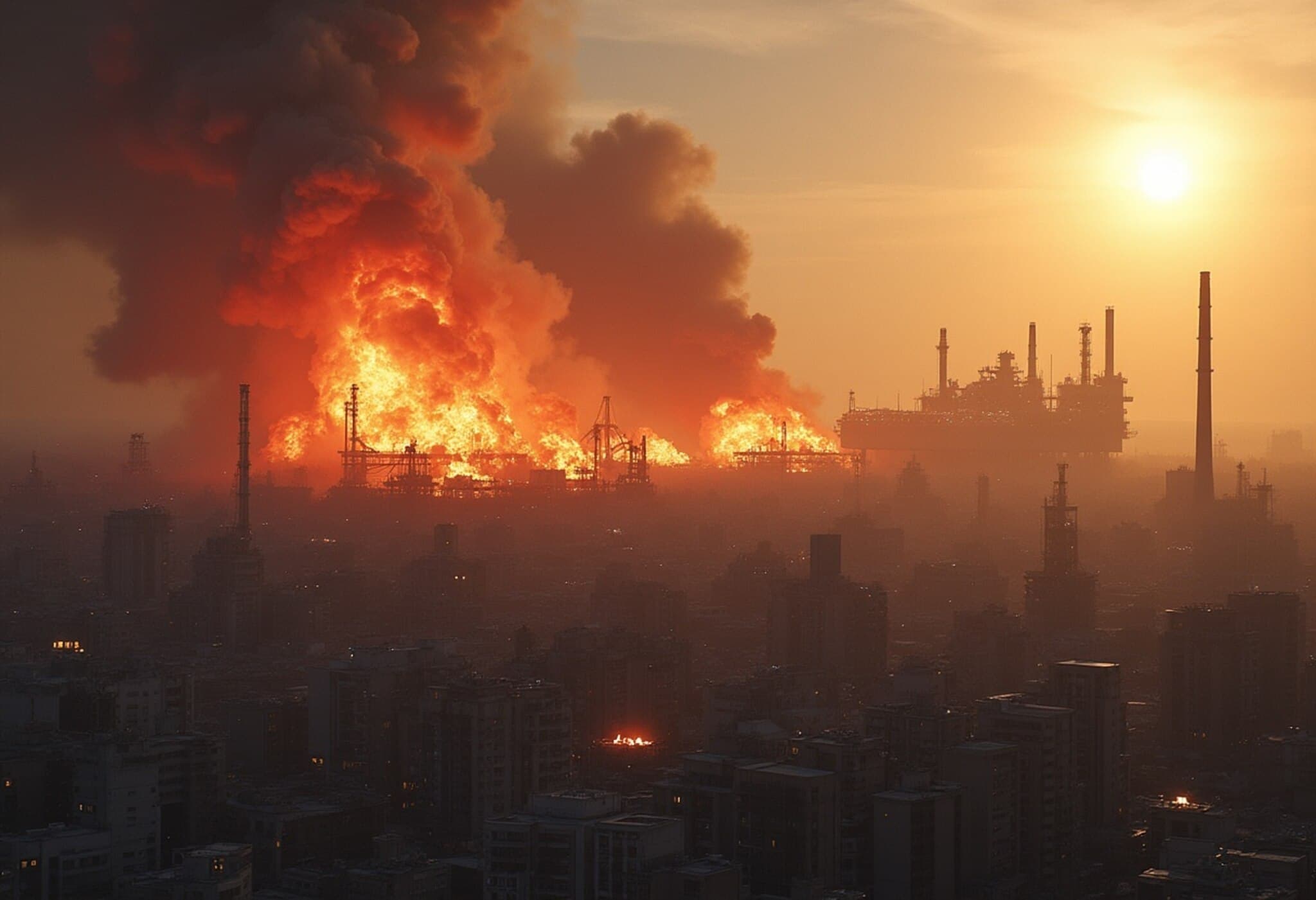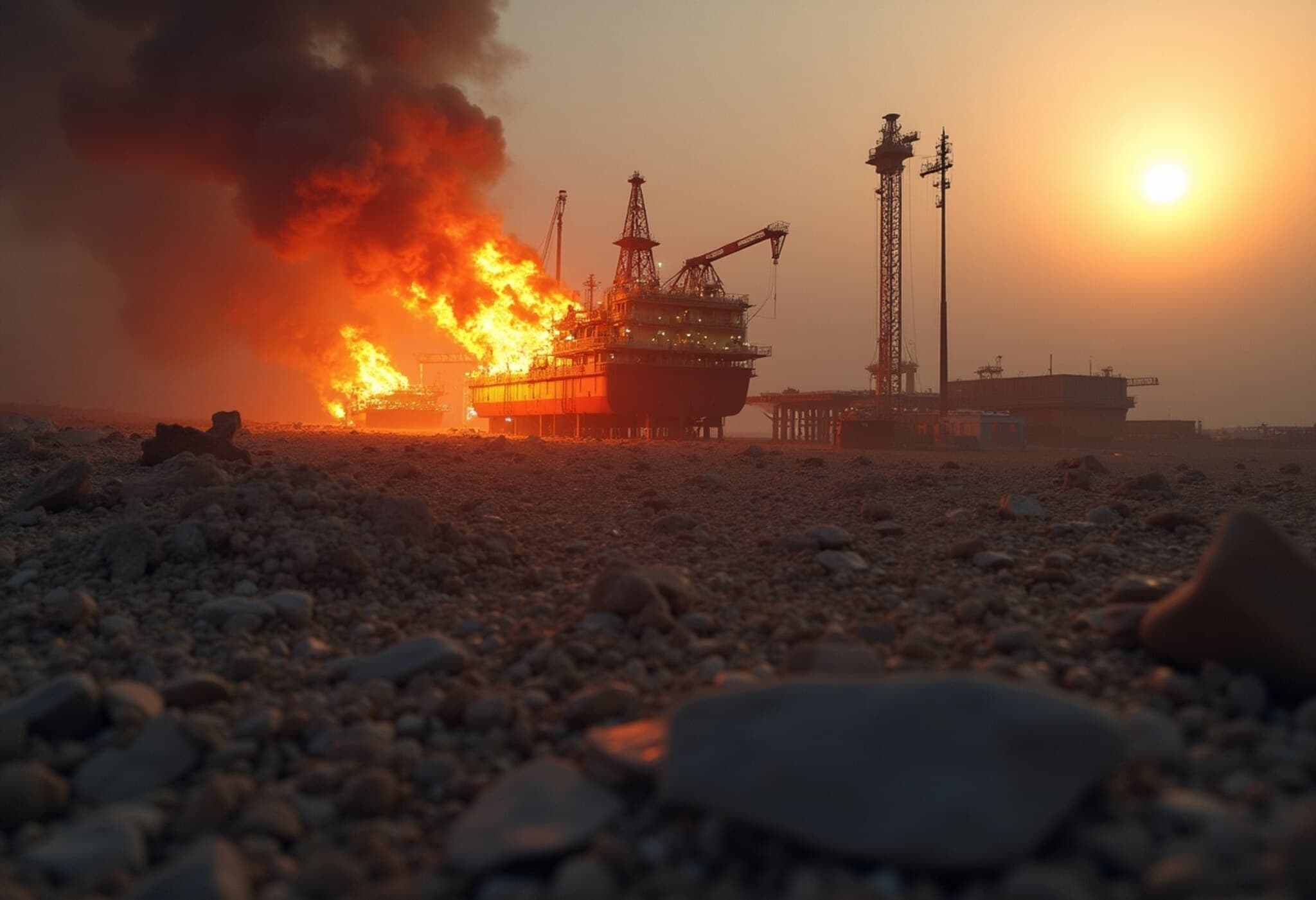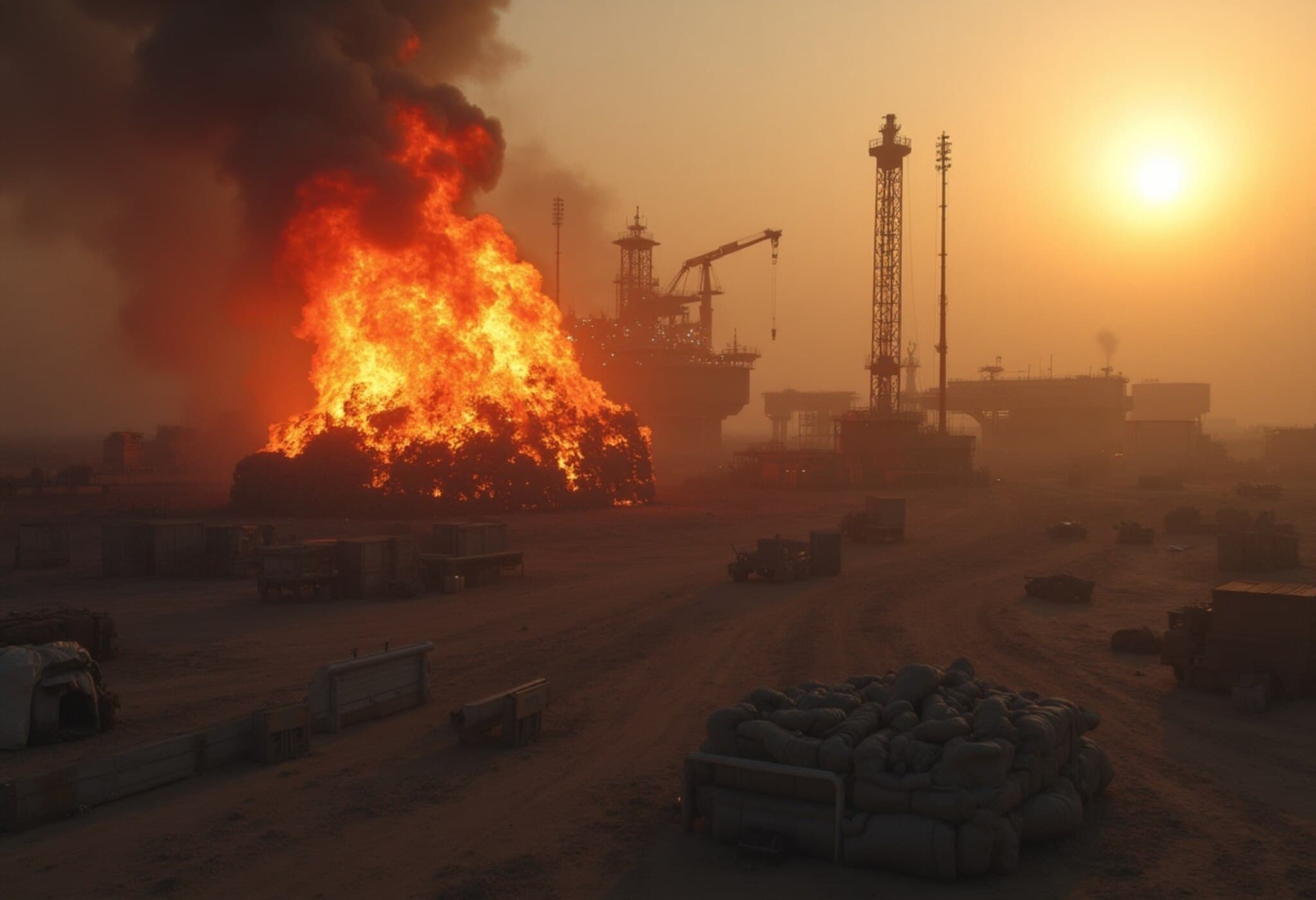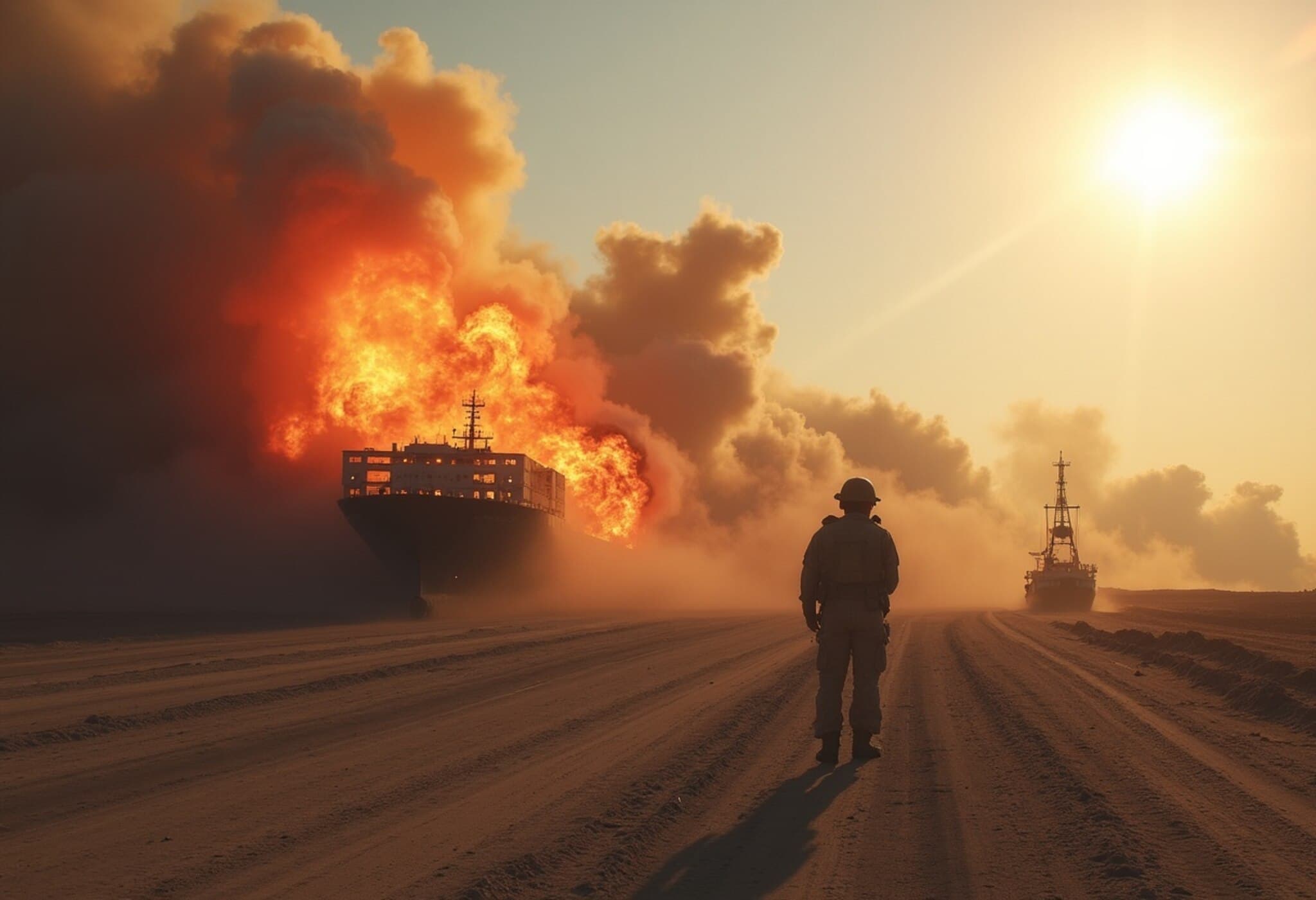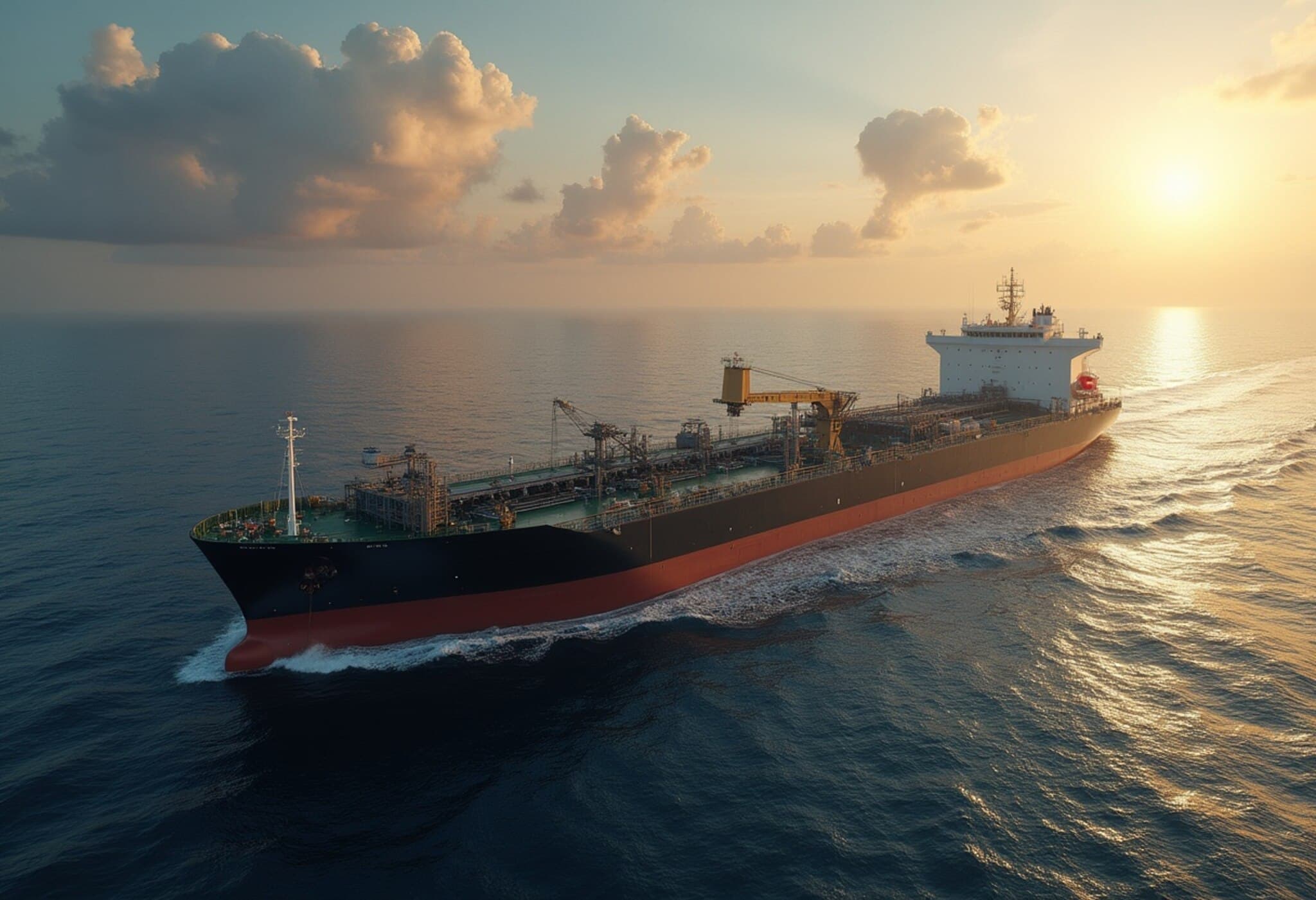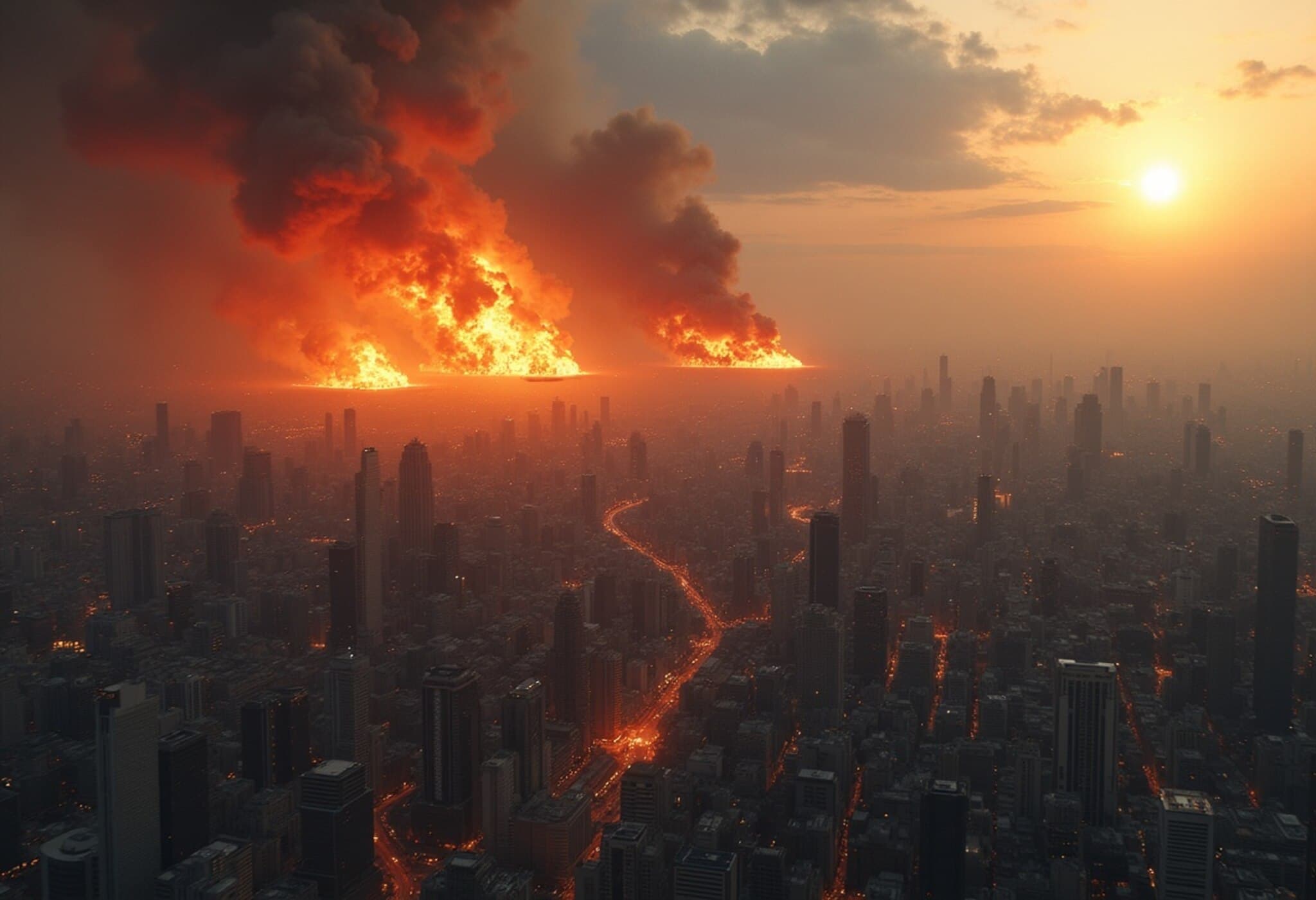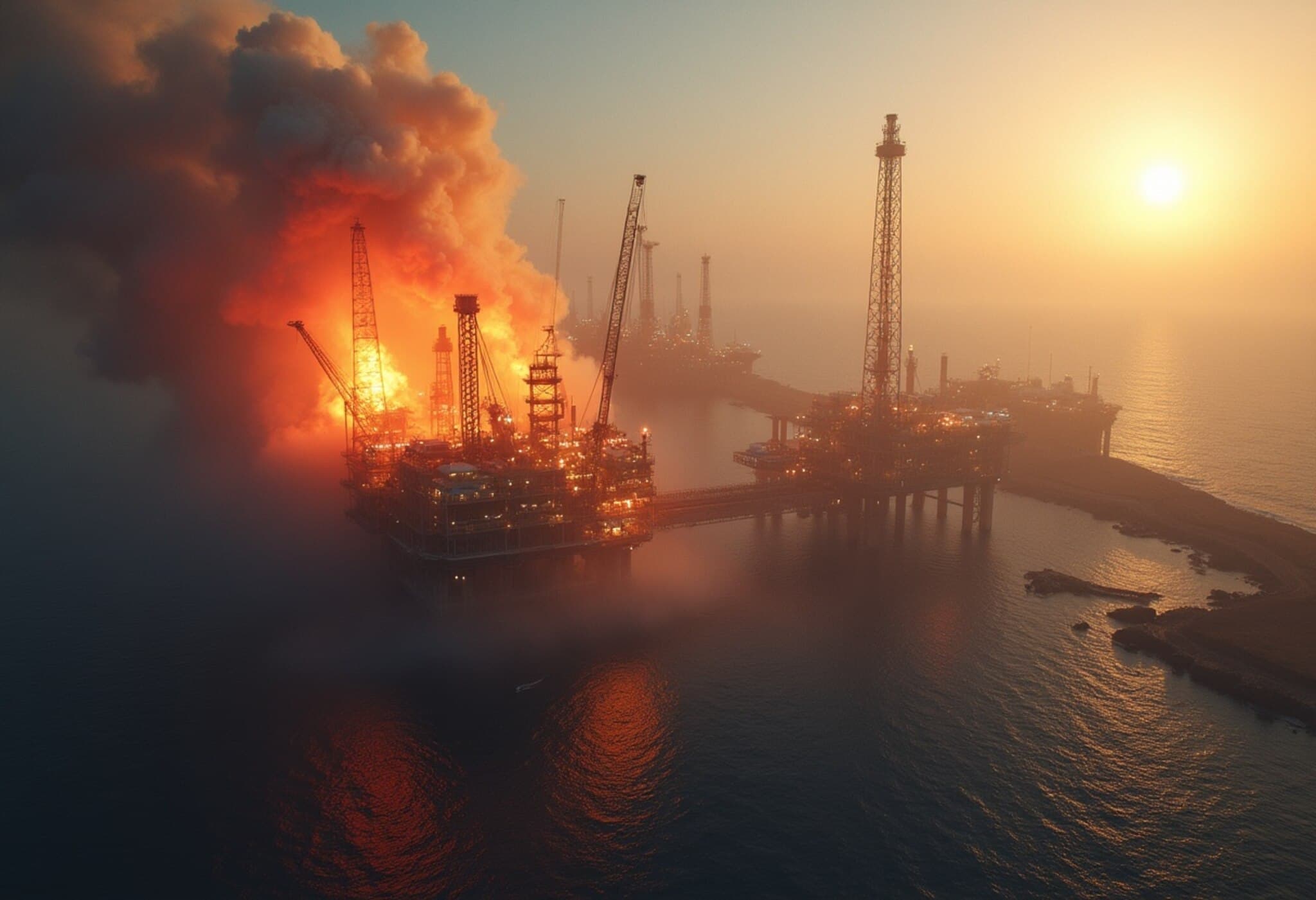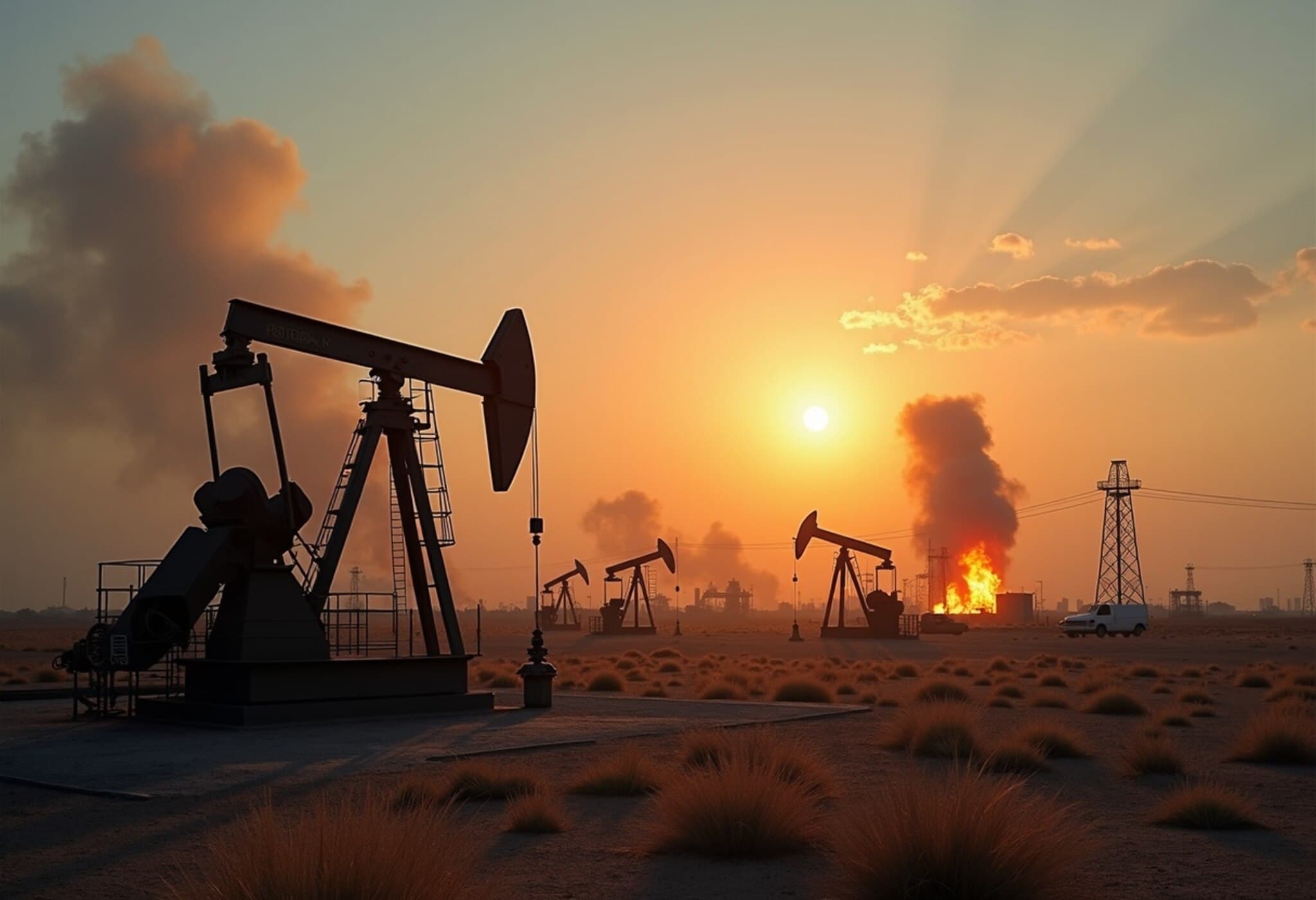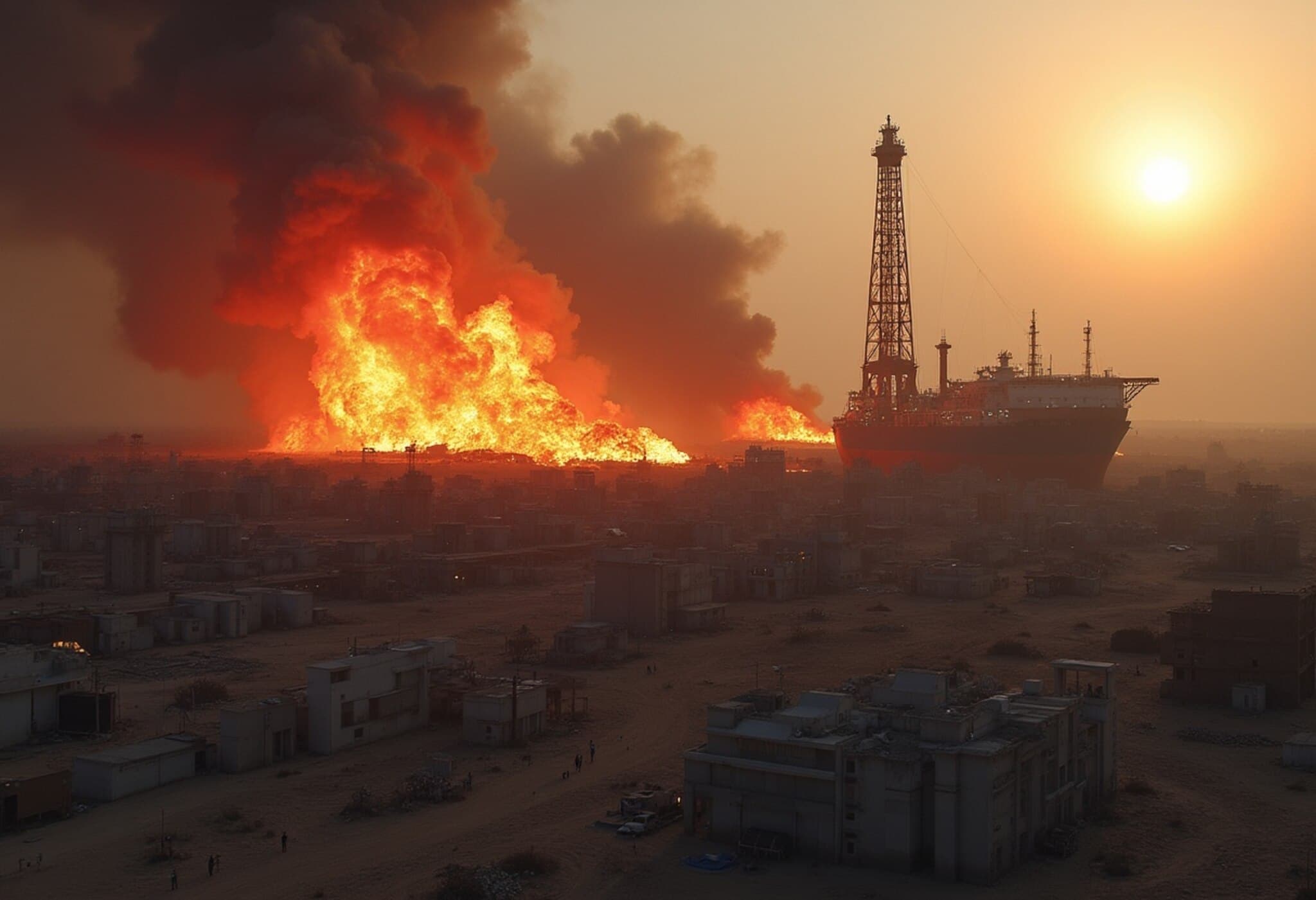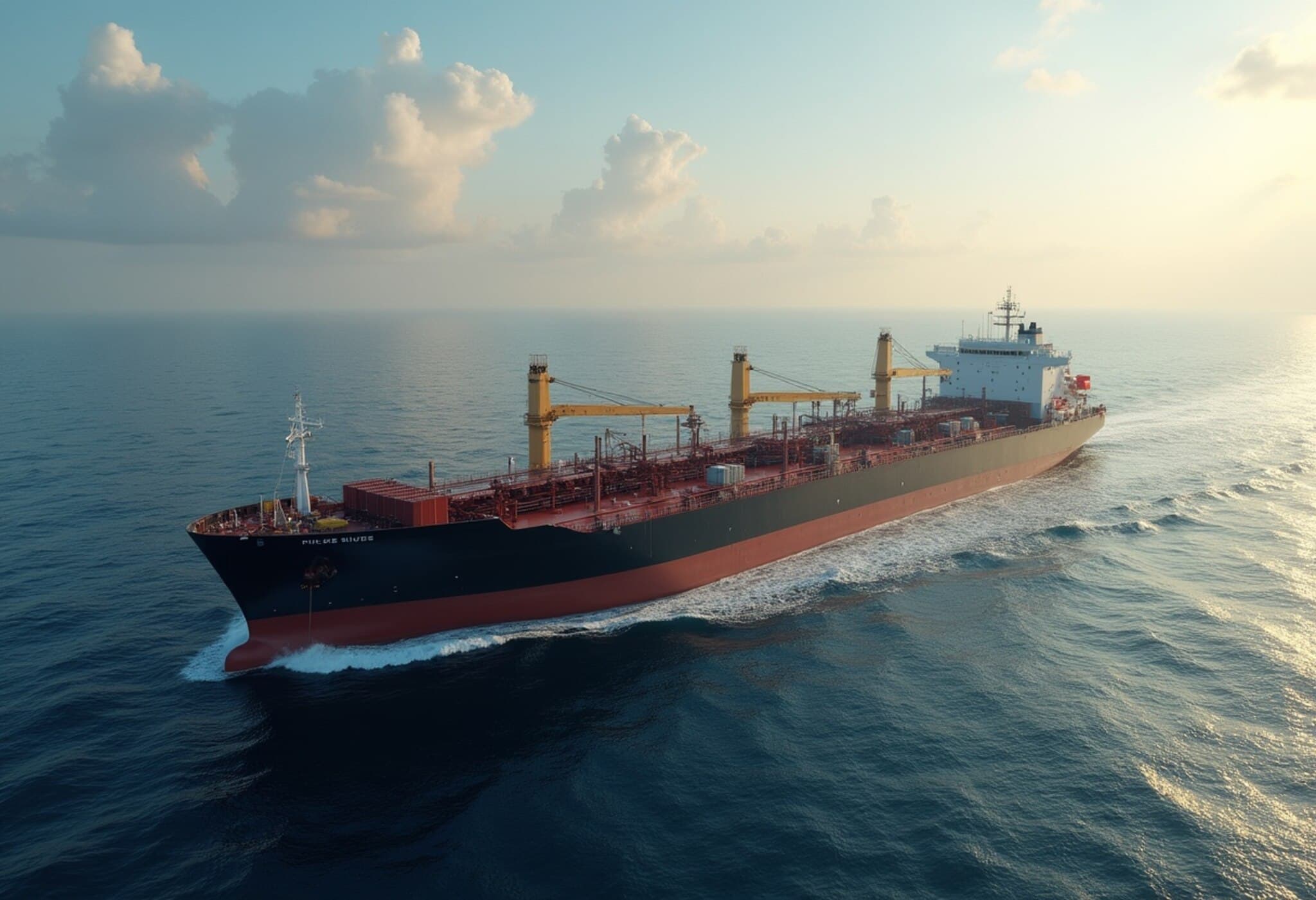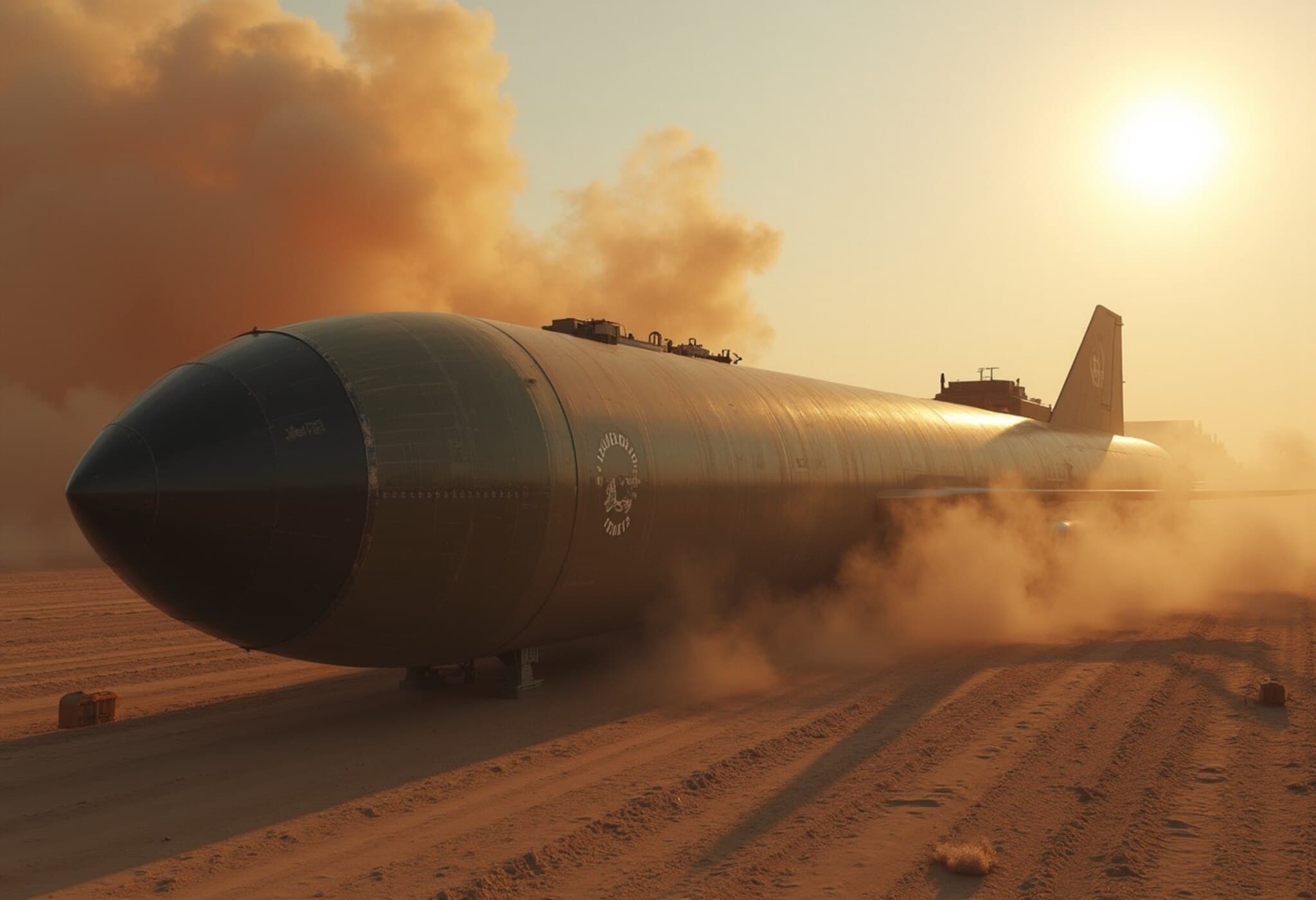Kharg Island: Iran’s Crucial Oil Hub That Remains Untouched
Kharg Island in the Persian Gulf stands as Iran’s premier oil export terminal, handling over 90% of the country’s crude oil exports. Despite a series of Israeli strikes targeting other Iranian energy facilities, this pivotal site has remarkably remained off-limits — a decision analysts say reflects its strategic importance and the high stakes involved.
An Untouched Strategic Asset Amid Rising Tensions
Israel’s recent military operations have damaged key Iranian energy sites, such as the Shahran fuel depot and the Shahr Rey refinery. Even the massive South Pars Gas Field, one of the world’s largest, faced attacks. Yet, Kharg Island appears to be a deliberate exception.
Its role is fundamental: as the main conduit for Iran’s oil exports, any hit to Kharg could severely debilitate Iran’s oil-dependent economy. During last year's conflict spike, rumors of a potential strike on Kharg even prompted several oil tankers to temporarily steer clear of its waters — underscoring the terminal’s vulnerability and symbolic weight.
Operational Shifts and Heightened Export Activity
Recent reports note all oil loadings at Kharg Island are occurring at the eastern jetty, perceived as safer than the more exposed western jetty. The eastern side has seen an uptick in tanker traffic, while the western jetty remains largely unused. Iranian oil exports surged significantly after the latest Israeli offensive, jumping by 44% to 2.23 million barrels per day.
To protect these shipments, many tankers now anchor farther offshore and make rapid stops to load, reflecting increased security concerns and Iran’s urgency to secure revenue streams amid escalating tensions.
Why Targeting Kharg Is a High-Risk Gamble
Built in the 1950s and rebuilt after heavy damage during past conflicts, Kharg Island can accommodate multiple supertankers simultaneously and has storage capacity exceeding 28 million barrels. Fed by a vast network of pipelines, it is essential to Iran’s national budget and geopolitical strategy.
Located near the Strait of Hormuz—a choke point through which roughly 20% of global oil passes—Kharg’s strategic value extends beyond national borders. Striking it risks provoking Tehran into closing or disrupting the Strait, potentially triggering a global energy crisis with soaring prices and market instability.
Potential Regional Fallout
Experts warn that an Israeli attack on Kharg could provoke Iranian retaliation, possibly targeting oil infrastructure in neighboring Gulf states, pushing the region toward greater instability or open conflict. This prospect likely informs Israel’s cautious approach, as it seeks to balance pressure on Iran’s capabilities without igniting uncontrollable escalation.
Iran has invested in alternative facilities like the Jask terminal and offshore storage to diversify export routes, but Kharg remains irreplaceable in scale and importance. Any disruption would send shockwaves through global oil markets, heightening geopolitical risks for energy-importing nations.
Conclusion: A Deliberate Red Line
While Israel has repeatedly struck at Iranian energy and nuclear sites, Kharg Island remains a clear red line. Its destruction would dismantle the economic backbone of Iran’s oil exports but carries risks that could spiral into a broad regional confrontation and global energy turmoil.
For now, Kharg Island stands resilient, a critical node whose fate could decisively influence the security and economics of an already volatile region.

